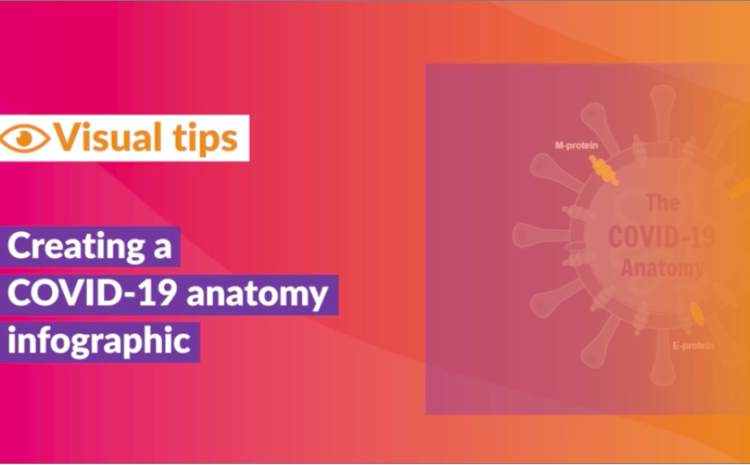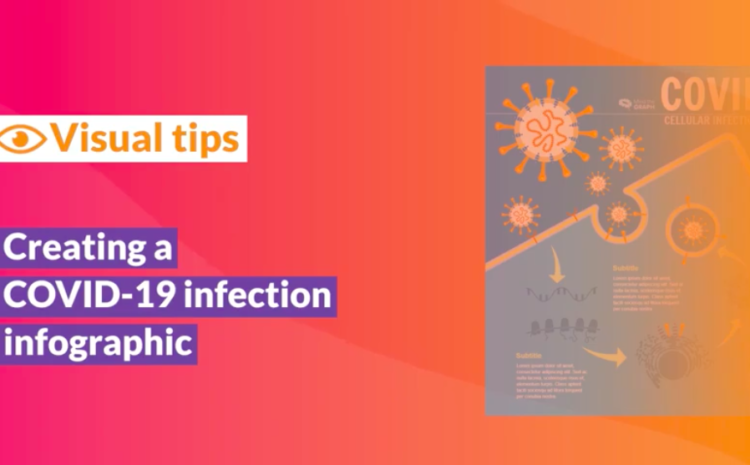The world is facing a major health crisis. Amid the novel Coronavirus pandemic, the first step to guaranteeing the safety of you and your loved ones is to stay fully informed of the disease. Since the internet is saturated with so much content about COVID-19, it may be a challenge to find factual data regarding the illness amidst all the fake ones.
Now that we’re at the dawn of the digital age, misinformation is so rampant. Because absurd articles are spreading around social media and other platforms, some individuals believe that the Coronavirus was caused by the consumption of bat soup or the Corona beer. To help you maintain your health, the guide below will discuss basic information about the Coronavirus and debunk common misconceptions.
What is Coronavirus (COVID-19)?
COVID-19, also known as the novel Coronavirus (Covid-19), is an illness that primarily affects the respiratory system of an individual. Signs of the disease are similar to influenza; however, individuals who have caught the disease report additional symptoms, such as difficulty in breathing, dry coughs, and fatigue.
Catching COVID-19 isn’t a death sentence: 80% of reported cases are mild, and only a few individuals have experienced severe infections. To give you some reassurance, experts state that the mortality rate for the novel Coronavirus sits at around 2–4%, but this percentage may depend on other factors.
Even though there’s still a lot more to discover about the virus, one can rejoice in knowing that experts in the medical field are working tirelessly to provide solutions.
Debunking COVID-19 Myths
Thermal scanners can detect if someone is infected
It’s important to know that one can catch the Coronavirus without experiencing any previous symptoms. Since fever is a precursor to the virus, thermal scanners are effective when it comes to detecting people with high body temperature.However, these devices certainly have their limitations. Thermal scanners will not be able to detect individuals who are infected but are to acquire a fever. According to the World Health Organization (WHO), it takes around 2 to 10 days before a person with COVID-19 experiences symptoms.
People are at risk by receiving packages from China
The cut to the chase: no. If you’ve received any sort of mail from China within the past few weeks or months, this shouldn’t be a cause for alarm. Researchers may still be on the verge of discovering how COVID-19 gets transmitted, but based on other similar viruses, germs aren’t able to live long on objects and surfaces.
The virus is man-made
One popular theory that spread like wildfire is that the novel Coronavirus was developed inside a lab. Without any evidence, social media users suddenly claimed that scientists in Wuhan, China, were secretly working on a bioweapon that was leaked. Specialists in and out of China have dismissed these wild propositions and are still identifying its true source. While there is still a lot left to uncover, research suggests that the virus originated and was transmitted through bats.
People need to wear face masks
This may vary on a case-to-case basis, but the consensus is no. If you’re completely healthy, there’s no need to wear a face mask, unless the authorities in your area say otherwise. However, if you’re showing symptoms or you work in the healthcare industry, you should wear an N95 mask as a safety measure.
Heat can kill the virus
According to the WHO, COVID-19 can be transmitted in all areas. Some people claim that the virus thrives in a cold climate, so you won’t catch it if you live in a place with hot or humid weather. But, now that the disease has reached tropical countries, this statement can be labeled as false. There’s also been a suggestion that using hand dryers and UV lamps can kill the virus, but public health experts state that there’s no way to prove their effectivity.

Secure Your Health
In the unfortunate event that you or a close friend or family acquire the illness, know that treatment and medical support are definitely available. However, it’s important to note that complications in treatment provision may arise, especially if there’s a large number of cases in your area.
At the end of the day, prevention will always be better than cure. If you want to be in the pink of health amidst this pandemic and lower your chances of being infected, you need to practice accountability and good hygiene.
Here’s some advice to help you win the fight against COVID-19:
-
Wash your hands for 20 seconds frequently. Use soap and make sure all ridges are clean.
-
Always keep a hand sanitizer with you. After you’ve touched money or any commonly used surface, disinfect your hands immediately to avoid the spread of germs.
-
Don’t go to crowded places unless it’s absolutely necessary. Try to avoid malls, public events, and other large gatherings for the meantime.
-
If you’re a healthcare professional or your job requires you to be in contact with large groups of people, wear a mask as a precautionary measure.
-
Keep your distance when you are within range of someone with flu-like symptoms.
-
Strengthen your immune system by staying hydrated, eating nutritious food, and getting enough sleep.
-
If you’re experiencing symptoms of the virus, go to the nearest health center for immediate medical care and treatment.
Looking for more details on how to stop the spread of the virus in your community? Read these safety tips to learn more.
Guest author: MJ Fernandez, from Makati Medical Center, Phillipines.
MJ is a Makati-based corporate communications and publicity professional. Aside from dabbling with words and punctuation marks, he also works with doctors and media representatives to produce informative and creative materials about healthcare. When not writing and editing articles, he spends his time traveling and exploring places outside the city.

Subscribe to our newsletter
Exclusive high quality content about effective visual
communication in science.





